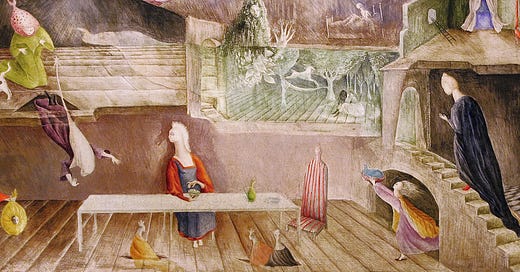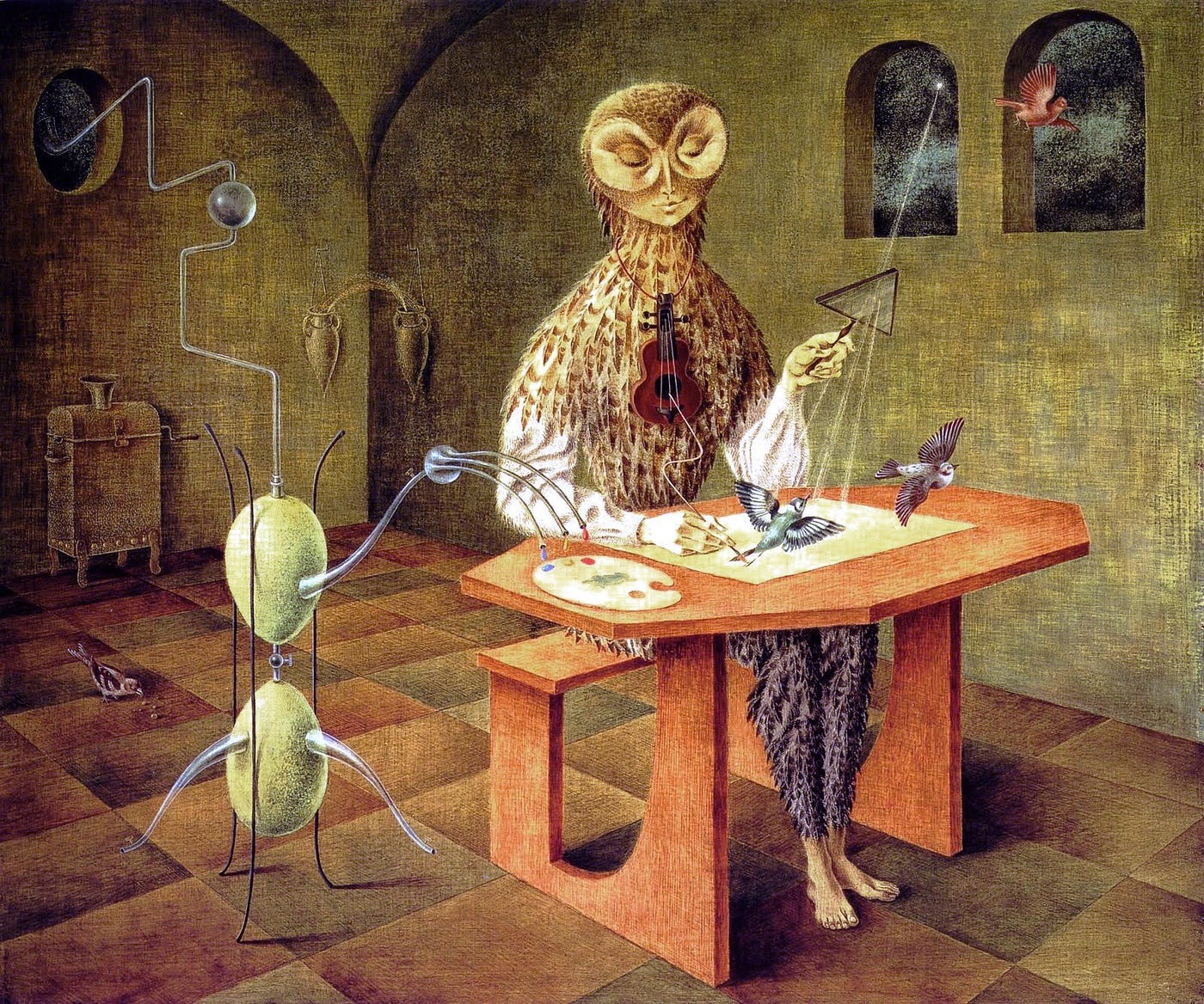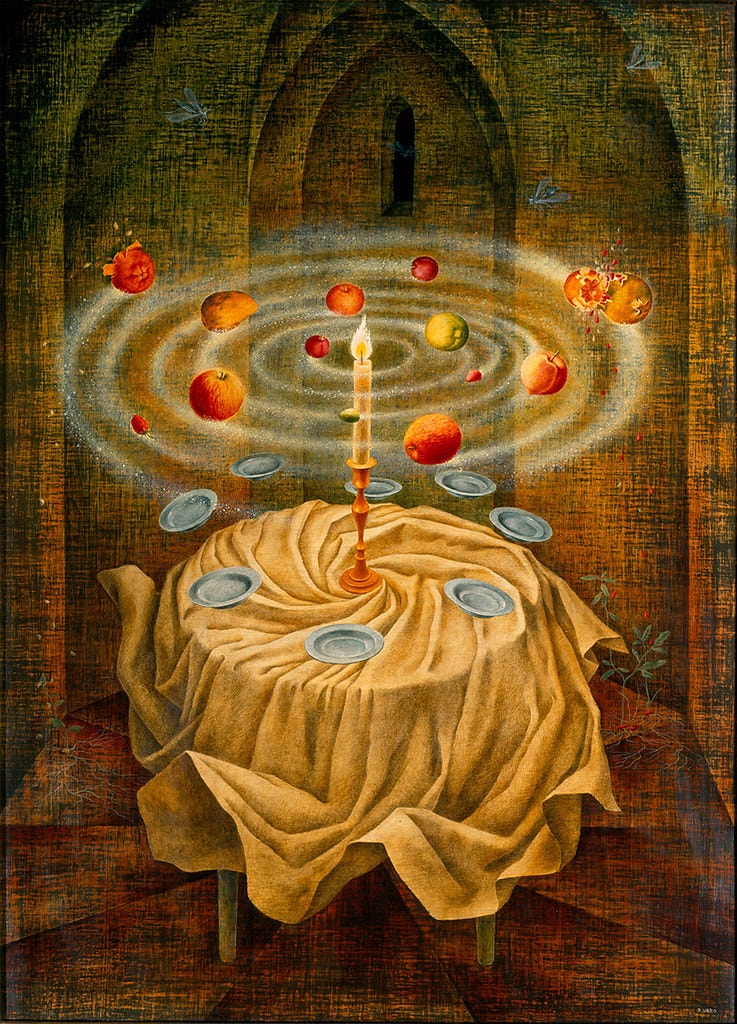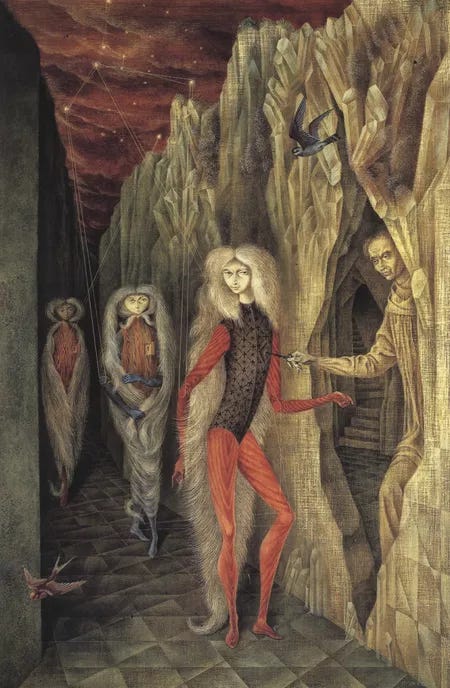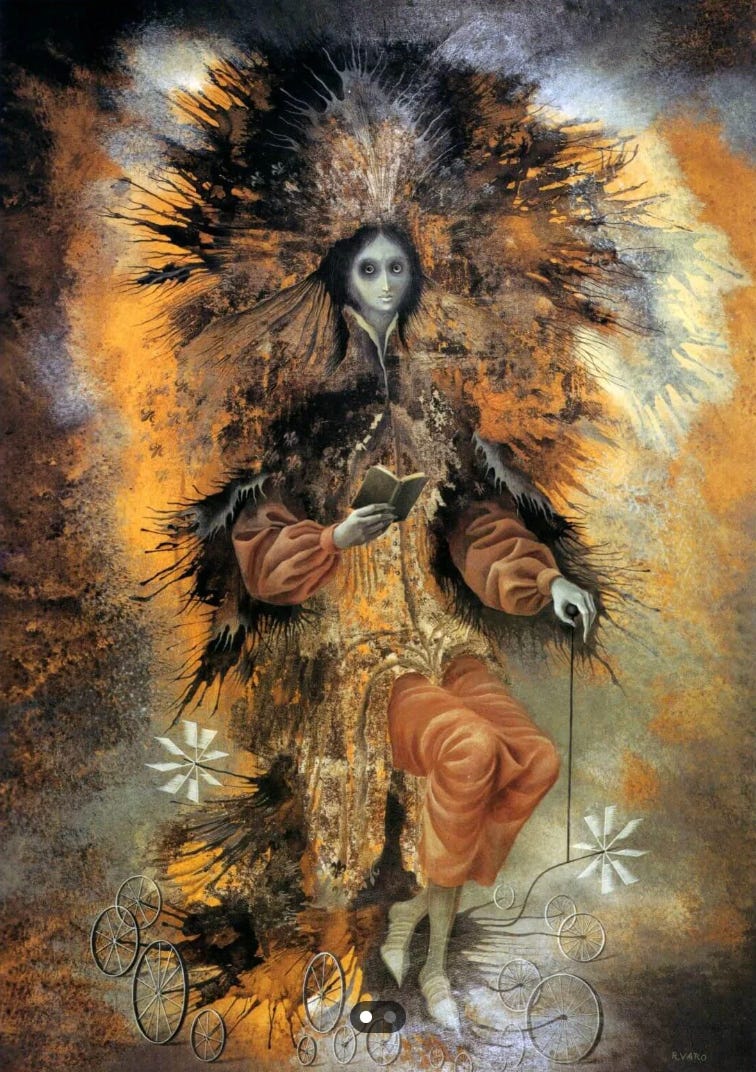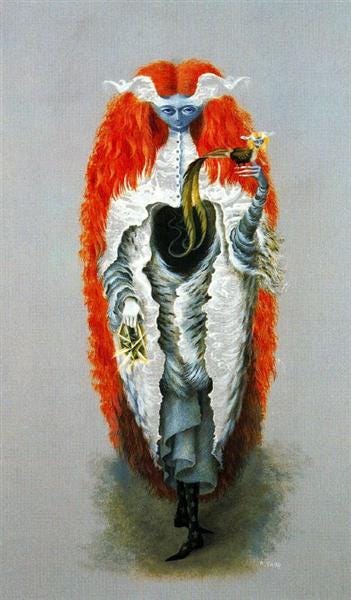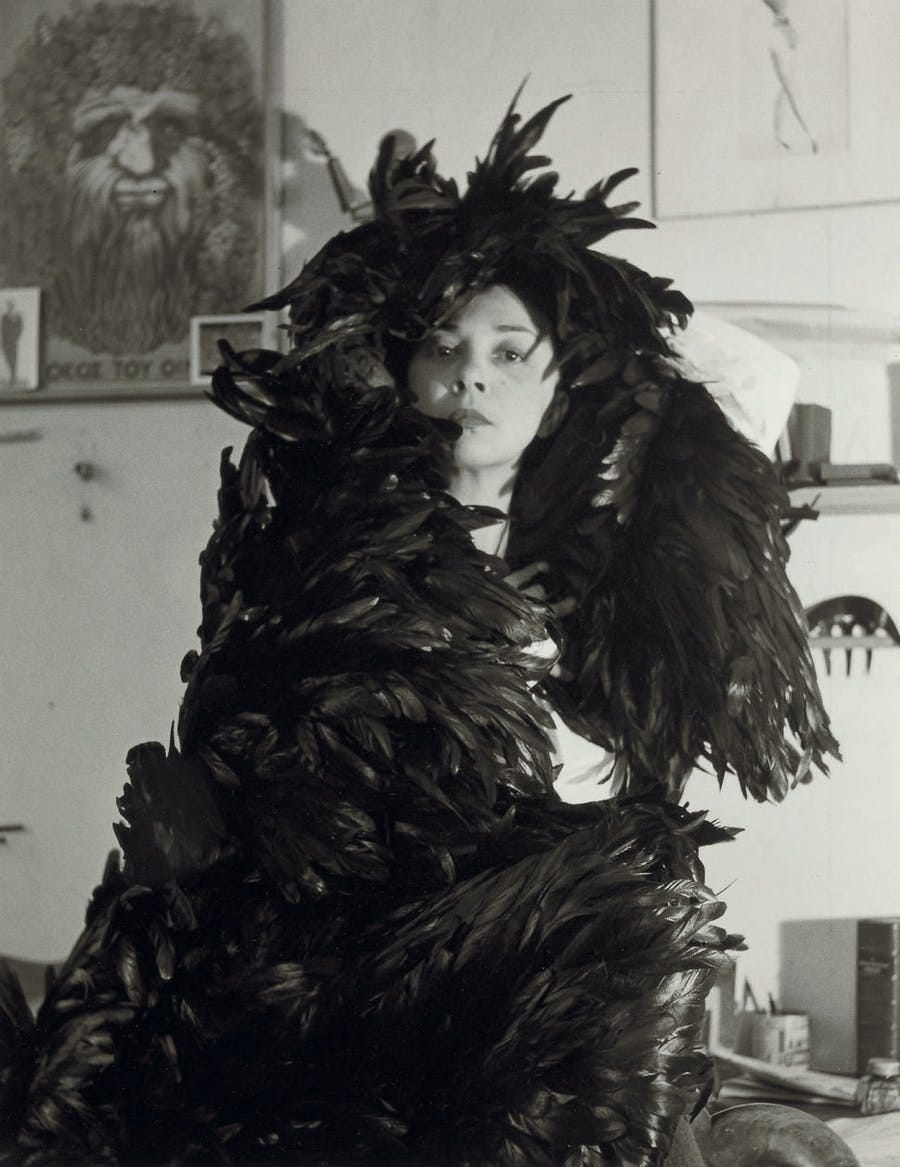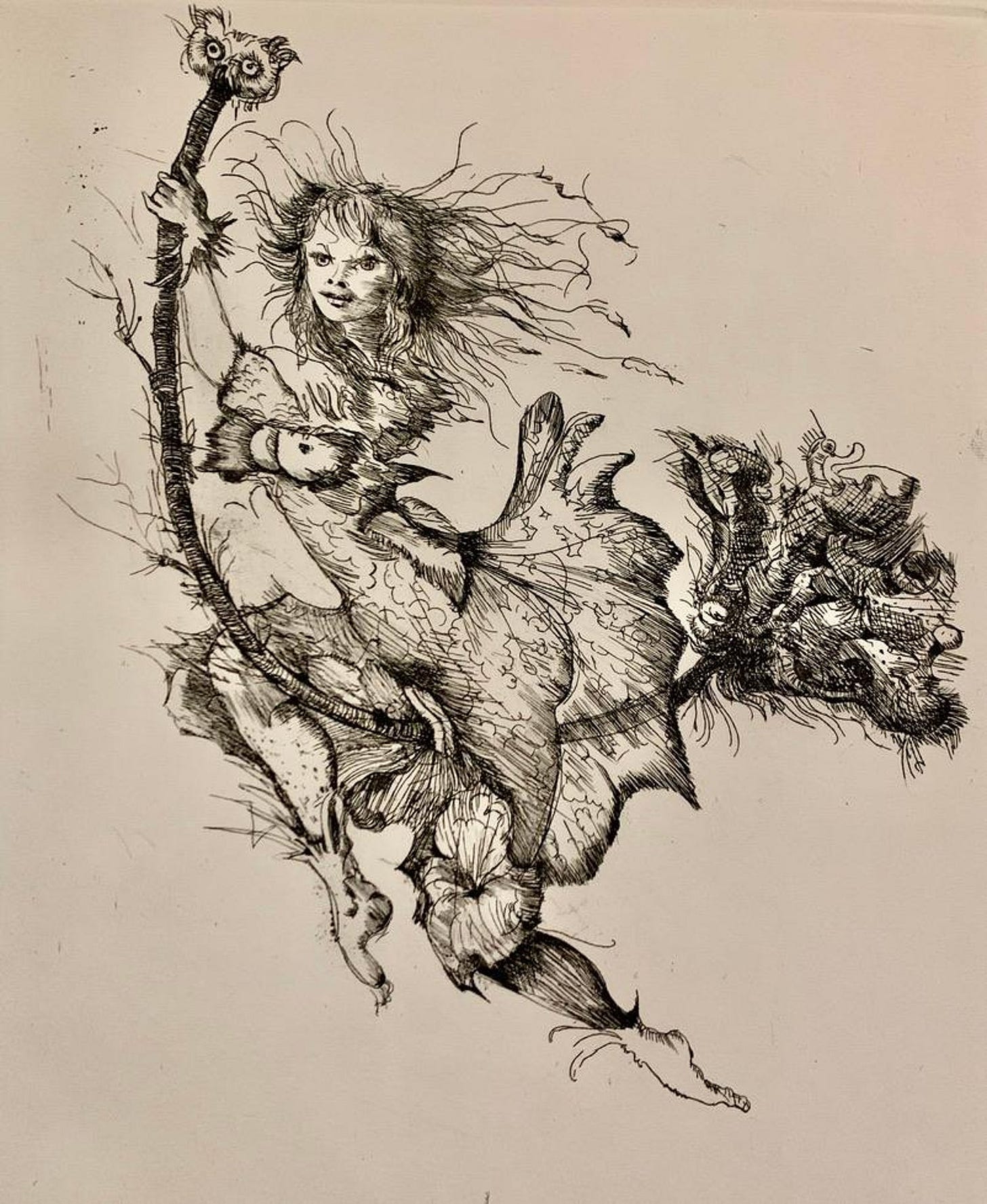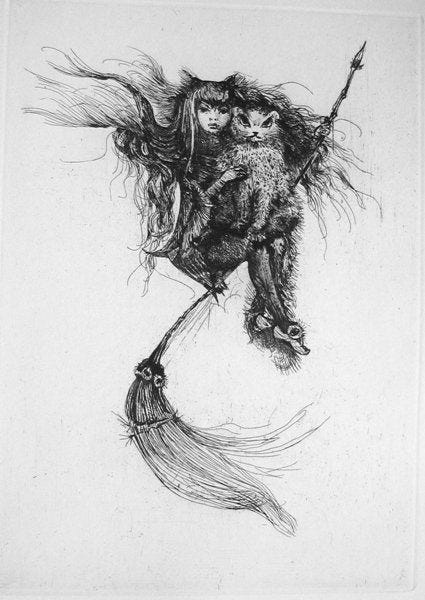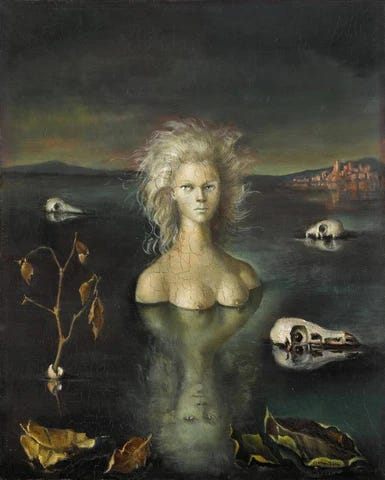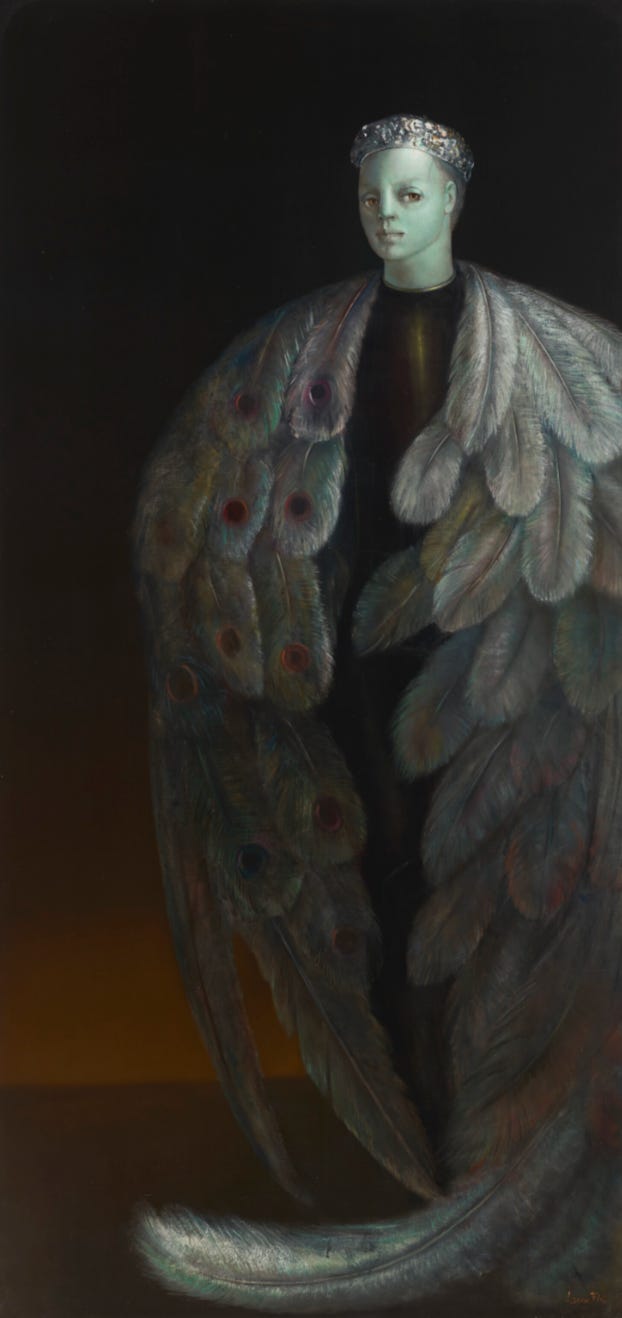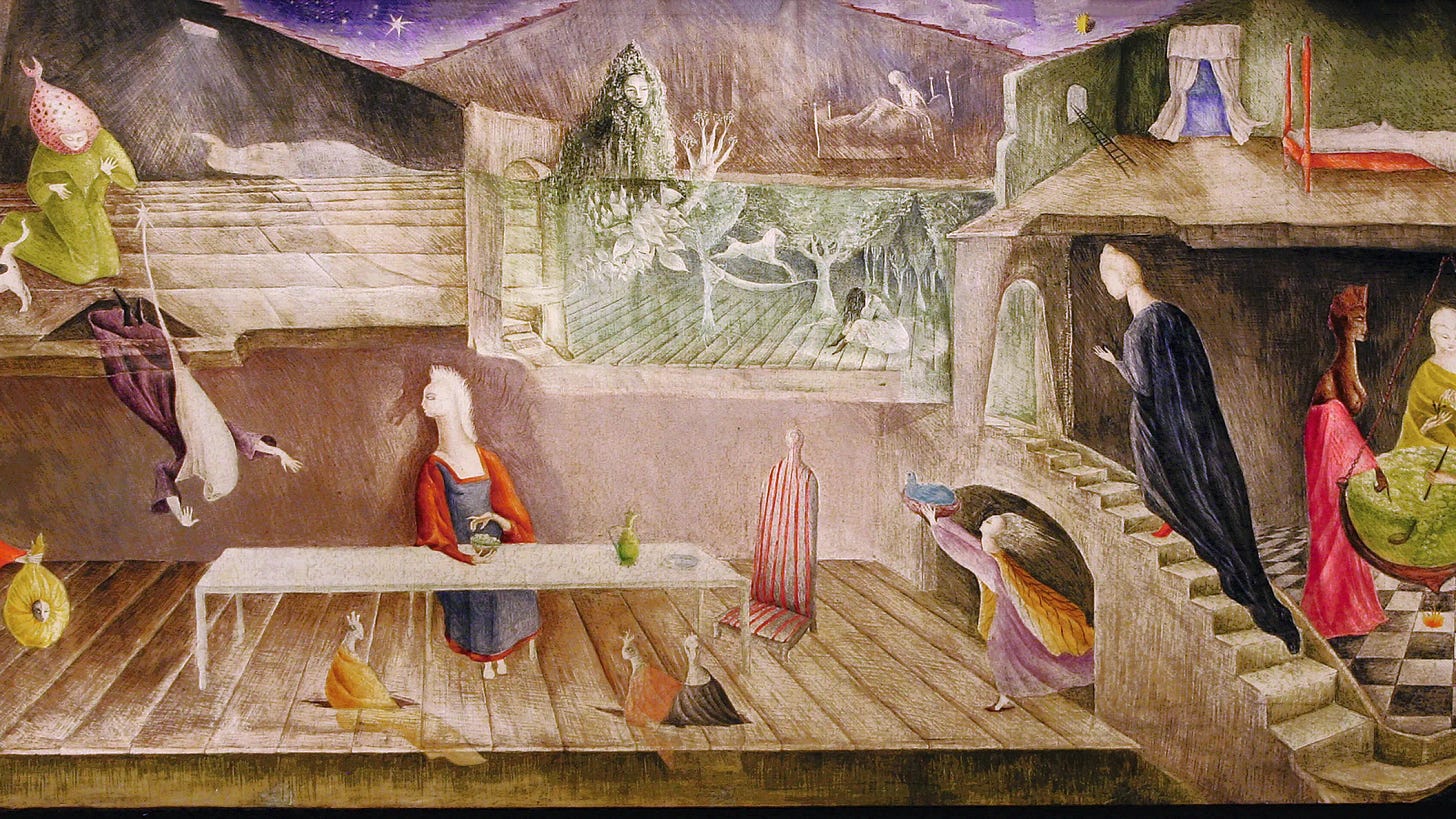Lately, I’ve been thinking about the image of the witch. How did it come about? Where did it stem from? How did it perpetuate ideas about women, and how have artists since transformed it into something powerful?
This week, I released a (Halloween special!) bonus GWA Podcast episode discussing witches in art with Professor Lyndal Roper. Listen here!
For The Guardian, I wrote about how artists have shaped (and claimed back) the witch’s image. Read it here.
“Remedios Varo – with her best friend, the émigré surrealist Leonora Carrington – practised ancient forms of witchcraft. Determined to “take back the mysteries which were ours and which were violated”, as Carrington said, both painters delighted in creating cosmic images of women shapeshifting through imaginative worlds.”
So, today, I thought I’d show you further examples of the witch that make me see her in a whole new, positive and magical light. Scroll on!
What artworks come to mind when you think of the ‘witch’?
Recommended reading:
Charles Zika: The Appearance of Witchcraft
Lyndal Roper: The Witch in the Western Imagination
Pam Grossman: Waking the Witch: Reflections On Women, Magic, and Power
Tere Arcq: Remedios Varo – Science Fictions
Susan Aberth: Leonora Carrington – Surrealism, Alchemy and Art
Silvia Federici: Caliban and the Witch
Great things to listen to:
Witch by India Rakusen
Witch-finding with Marina Warner
The Witch’s Pardon by Dani Garavelli
Love Katy. Xoxo
Remedios Varo (1908–1963). Listen to the GWA Podcast to find out more!
“The dream world and the real world are the same.”
Leonor Fini (1907–1996). Listen to the GWA Podcast to find out more!
“A painting is something like a spectacle, a theatre piece in which each figure lives out her part.”
“In a sense my paintings have always been my autobiography. A revealing autobiography because my paintings do not interpret either my conscious development or my experiences; rather, they ‘unmask’ a being inside of me (often with strange projections into the future).”
“I have never lived with just one person. Since I was 18 I have preferred to be in a sort of community - a big house with my atelier and cats and friends, and with one man who was rather a lover and another who was rather a friend. And it has always worked.”
Speaking about ‘The End of the World’ (1953) – below – Fini said: “She emerges from the water, the essential element of life, the primeval material, because she knows how to survive the cataclysm…”
Leonora Carrington (1917–2011). Listen to the GWA Podcast (with writer Deborah Levy; Carrington’s friend, the novelist Chloe Aridjis; or her cousin, Joanna Moorhead):
"I often feel I am being burned at the stake just because I have always refused to give up that wonderful strange power I have inside me."
"Most of us, I hope, are now aware that women should not have to demand Rights. The Rights were there from the beginning: they must be Taken Back Again, including the Mysteries which were ours and which were violated, stolen or destroyed…”
Keep reading with a 7-day free trial
Subscribe to The Great Women Artists to keep reading this post and get 7 days of free access to the full post archives.


